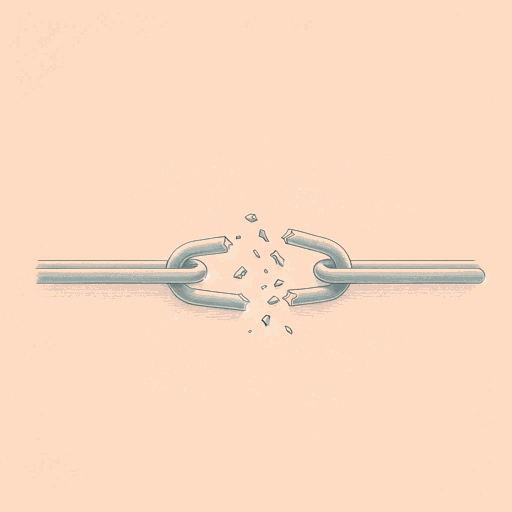34 pages • 1 hour read
John W. BlassingameThe Slave Community: Plantation Life in the Antebellum South
Nonfiction | Book | Adult | Published in 1979A modern alternative to SparkNotes and CliffsNotes, SuperSummary offers high-quality Study Guides with detailed chapter summaries and analysis of major themes, characters, and more.
Chapter 7-8 & AppendicesChapter Summaries & Analyses
Chapter 7 Summary and Analysis: “Plantation Realities”
As suggested in Chapter 6, slave stereotypes did not function in practice. In the everyday labor on the plantation, “the planter recognized the variability of slave personality in his day-to-day relationships” (282). Furthermore, interactions between enslaved people, their managers and owners, and their owners’ families were made more complex by constant tension between slavery and religious values.
There were two main roles for enslaved people in the South: domestic slaves, who performed duties in the home, and field slaves, who did agricultural labor. Field slaves engaged in hard labor from dawn to dusk. Domestic slaves received better food and were charged with less hard labor, but since they lived with the plantation owner and his family, they were constantly under surveillance and had to match the family’s schedule.
Enslaved people lived and slept in barely furnished, rundown cabins. Their living conditions may have been better than that of the free laborers in the North, but “the return the slave received for his work was in no wise comparable to that received by free laborers” (255). Some enslaved people were in a more privileged position as drivers, assigned “to keep [other] slaves at their tasks” (258) or risk punishment themselves. Meanwhile, domestic slaves “often represented an extension of the master’s eyes and ears: the plantation’s secret police” (260).
Featured Collections
African American Literature
View Collection
Black History Month Reads
View Collection
Books on Justice & Injustice
View Collection
Books on U.S. History
View Collection
Community
View Collection
Contemporary Books on Social Justice
View Collection
Required Reading Lists
View Collection

